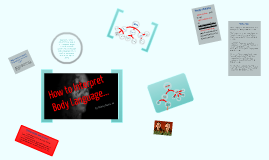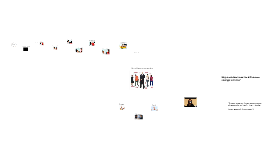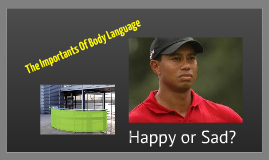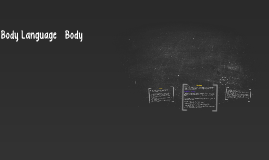Body Language – Body
Transcript: Body Language – Body Posture Controlled walking can add to the effectiveness of your message. If you stay glued to one spot, you might appear rigid, inexperienced or terrified. Your movement forces the audience to refocus its attention on you and creates interest. Walking Patterns Avoid the following: - Putting your hands in your pockets, which makes people trust you less. Research has found that we trust others more when we can see their hands. - Pushing your hair aside frequently with your hand or shaking your head to push aside your hair. - Taking the caps on and off your pen or marker. - Scratching your face, head, or any other part of your body. - Arms folded across your chest, which may make you slouch, and makes you appear closed, disconnected from the audience Using a Podium/Lectern If you’re using a lectern, it’s a good idea to hold the sides so your hands can be seen. Hold the sides of the lectern, but do not grasp them tightly as if you are scared. Feel free to gesture naturally, even from the podium. This will give a more relaxed feel to your presentation, as you will come across as more informal, open, and accessible to your audience. Our posture conveys a lot about our level of confidence. Good posture gives the impression of authority and confidence. Gestures - hands on hips, which makes you appear too matronly, like you are about to scold someone; - arms clasped behind the back military style, which makes you appear too aloof - arms down in front, folded below the waist, which makes you seem too ‘goody-goody” Avoid the following: From an open body position, your arms will be free to gesture as they would in normal conversation in order to support your words and emphasize certain points. - Drumming your fingers on the lectern or table. This just comes across as a distracting, annoying nervous gesture.

















